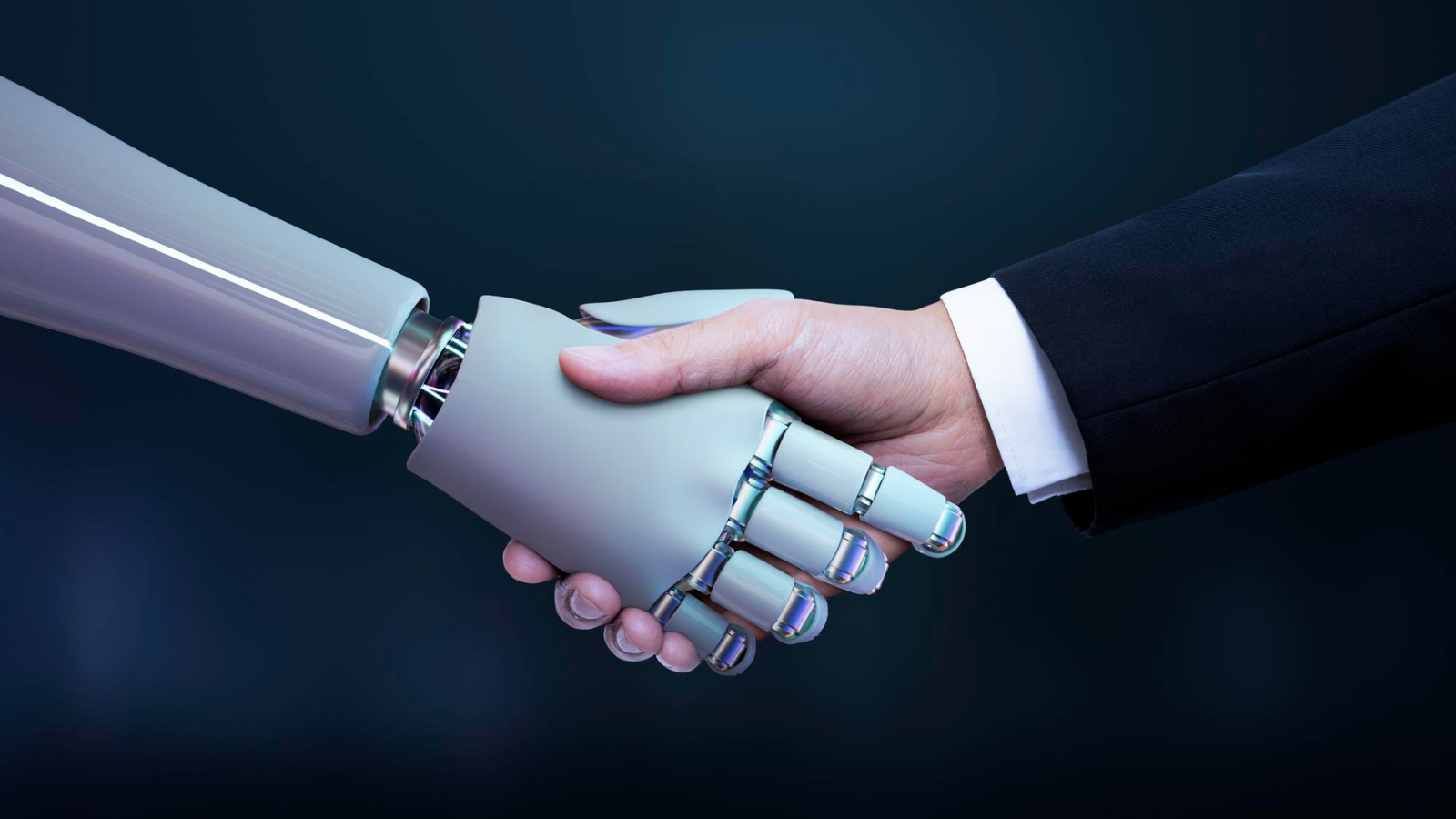In the era of digital transformation, artificial intelligence (AI) has emerged as a key player in reshaping how we interact with technology. Among the most prominent advancements are AI chatbots and voice assistants, tools that have revolutionized customer service, personal assistance, and everyday interactions. As we stand on the brink of a future brimming with possibilities, let’s delve into the landscape of AI chatbots and voice assistants to understand their impact, potential, and what lies ahead.
The Evolution of AI Chatbots and Voice Assistants
AI chatbots and voice assistants have come a long way since their inception. Initially designed to handle simple queries and tasks, these systems have evolved into sophisticated tools capable of understanding and responding to complex human interactions.
Early Beginnings
The journey began with rule-based chatbots, which operated on predefined scripts. These early models were limited in their ability to handle variations in user input and often failed to provide satisfactory responses to unexpected queries. Similarly, early voice assistants struggled with accurately recognizing and processing spoken language.
The Advent of Machine Learning
The integration of machine learning (ML) marked a significant turning point. Unlike rule-based systems, ML-driven chatbots and voice assistants could learn from interactions, improving their performance over time. Natural Language Processing (NLP) algorithms enabled these systems to understand context, sentiment, and intent, making interactions more human-like.
The Era of Deep Learning and Neural Networks
The introduction of deep learning and neural networks has taken AI chatbots and voice assistants to new heights. Advanced models like OpenAI’s GPT-3 and Google’s BERT have dramatically improved language comprehension and generation. These models can understand intricate details of human language, respond with high accuracy, and even generate creative content.
How AI Chatbots and Voice Assistants Work
To appreciate the sophistication of modern AI chatbots and voice assistants, it’s essential to understand their underlying technologies and processes.
Natural Language Processing (NLP)
NLP is the cornerstone of AI chatbots and voice assistants. It enables machines to understand, interpret, and generate human language. Key components of NLP include:
– Tokenization: Breaking down text into smaller units (tokens) such as words or phrases.
– Parsing: Analyzing the grammatical structure of sentences.
– Named Entity Recognition (NER): Identifying and classifying entities (e.g., names, dates) within the text.
– Sentiment Analysis: Determining the emotional tone of the text.
– Intent Recognition: Understanding the user’s intent behind a query.
Machine Learning and Deep Learning
Machine learning algorithms allow AI systems to learn from data and improve over time. Deep learning, a subset of machine learning, uses neural networks with multiple layers (hence ‘deep’) to model complex patterns in data. These models excel at tasks like language translation, image recognition, and speech processing.
Speech Recognition and Synthesis
Voice assistants rely on speech recognition to convert spoken language into text and speech synthesis to convert text back into spoken language. Advances in these areas have significantly enhanced the accuracy and naturalness of voice interactions.
Applications and Impact of AI Chatbots and Voice Assistants
AI chatbots and voice assistants are transforming various industries, driving efficiency, and enhancing user experiences.
Customer Service
In customer service, AI chatbots handle a multitude of queries, providing instant responses and freeing human agents to address more complex issues. Indian companies like Haptik and Wysa are leading the way. Haptik provides AI-driven conversational assistants that enhance customer engagement, while Wysa uses AI to offer mental health support through empathetic and responsive chatbots.
Healthcare
In healthcare, voice assistants facilitate hands-free access to patient information, enabling doctors to retrieve records and update charts without interrupting their workflow. Practo and mfine are notable Indian companies leveraging AI. Practo uses AI chatbots to help patients book appointments and get medical advice, whereas mfine employs AI to connect patients with doctors for instant consultations.
Finance
Financial institutions leverage AI chatbots to provide account information, process transactions, and offer personalized financial advice. Indian fintech companies like Paytm and Zerodha are at the forefront. Paytm uses AI chatbots for customer support, transaction assistance, and personalized recommendations. Zerodha’s AI-driven assistant helps users navigate the stock market by providing insights and answering queries.
Education
Educational platforms use AI chatbots to offer personalized learning experiences, answer student queries, and provide tutoring. Companies like BYJU’S and Vedantu in India utilize AI to enhance learning. BYJU’S employs AI to create adaptive learning paths for students, while Vedantu uses AI to facilitate interactive and personalized online tutoring sessions.
Smart Homes
Voice assistants like Amazon’s Alexa, Google Assistant, and Apple’s Siri are central to smart home ecosystems. They control smart devices, manage schedules, and provide entertainment, making daily life more convenient and connected. Indian companies such as Ola and Reliance Jio are integrating these voice assistants into their services to enhance user experience. Ola’s connected car platform supports voice commands, while Jio’s smart home solutions incorporate voice assistant capabilities for seamless home automation.
The Future of AI Chatbots and Voice Assistants
The future of AI chatbots and voice assistants promises even more advanced capabilities and integration across various domains.
Enhanced Personalization
Future AI systems will offer deeper personalization, learning from individual preferences and behaviors to deliver tailored experiences. For example, a voice assistant could proactively suggest activities, recommend content, or adjust home settings based on past interactions.
Multimodal Interactions
Combining text, voice, and visual inputs, multimodal interactions will make AI systems more versatile and intuitive. Imagine a voice assistant that can also interpret gestures, facial expressions, and on-screen content to provide richer, more context-aware responses.
Improved Emotional Intelligence
AI chatbots and voice assistants will become more emotionally intelligent, recognizing and responding to users’ emotional states. This capability will enhance user engagement and satisfaction, particularly in fields like mental health support and customer service.
Seamless Integration
As AI technologies advance, we can expect seamless integration of chatbots and voice assistants across devices and platforms. This interoperability will create cohesive user experiences, allowing for uninterrupted transitions between smartphones, smart speakers, computers, and more.
Ethical and Responsible AI
Addressing ethical considerations will be crucial as AI systems become more integrated into daily life. Ensuring data privacy, transparency in AI decision-making, and avoiding biases in AI models will be essential for building trust and fostering equitable access to AI technologies.
Challenges and Considerations
While the future of AI chatbots and voice assistants is promising, there are challenges to address:
Data Privacy
Handling vast amounts of personal data raises concerns about privacy and security. Ensuring that AI systems comply with data protection regulations and implementing robust security measures will be critical.
Bias and Fairness
AI models can inherit biases from training data, leading to unfair or discriminatory outcomes. Developing techniques to identify and mitigate biases will be essential for creating fair and inclusive AI systems.
Human-AI Collaboration
Striking the right balance between automation and human involvement will be key. AI chatbots and voice assistants should complement human capabilities, enhancing productivity without undermining the need for human touch in certain interactions.
The landscape of AI chatbots and voice assistants is rapidly evolving, offering glimpses into a future where technology seamlessly integrates with our daily lives. From enhancing customer service to transforming healthcare, finance, education, and smart homes, these AI-powered systems are pushing the boundaries of what’s possible.
As we look ahead, the continued advancement of AI promises even more sophisticated, personalized, and emotionally intelligent interactions. By addressing challenges related to data privacy, bias, and human-AI collaboration, we can harness the full potential of AI chatbots and voice assistants, ushering in a future where technology truly understands and responds to human needs.
This blog provides a comprehensive and engaging overview of the current state and future potential of AI chatbots and voice assistants, offering readers a detailed yet accessible insight into this transformative technology.



